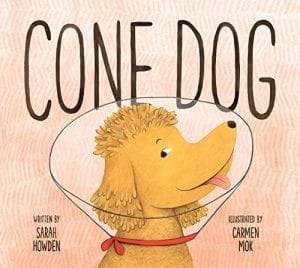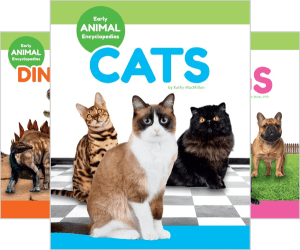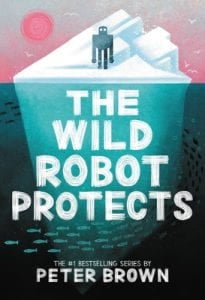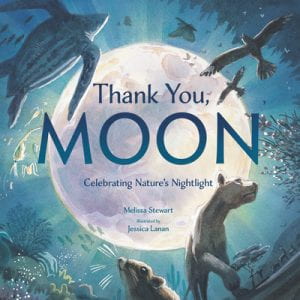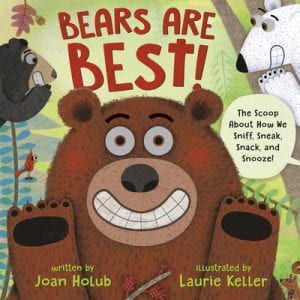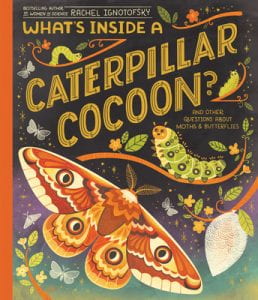 Ignotofsky, Rachel. What’s Inside a Caterpillar Cocoon? and Other Questions About Moths and Butterflies. Crown Books for Young Readers, 2023. 978-0-593-17657-3. 40 p. $18.99. Grades K-3.
Ignotofsky, Rachel. What’s Inside a Caterpillar Cocoon? and Other Questions About Moths and Butterflies. Crown Books for Young Readers, 2023. 978-0-593-17657-3. 40 p. $18.99. Grades K-3.
Although libraries may already have several titles about the life cycles of butterflies, this book stands out thanks to its stunning illustrations and visually appealing layout. Simple sentences compare and contrast butterflies and moths and share interesting information, such as the fact that these animals have been flying the earth since the time of the dinosaurs. Clearly labeled diagrams explain the four life stages of butterflies and moths: egg, caterpillar, pupa, and adult. Additional descriptions also walk readers through the changes that occur inside a butterfly chrysalis and a moth cocoon. Full-page images of the animals’ anatomy highlight their similarities and differences, and captions describe how their wing patterns help the insects camouflage themselves or confuse potential predators. Readers will linger over the beautiful illustrations, featuring many shades of green, yellow, and orange. Varied typefaces, labels, and speech bubbles break the text into easy-to-digest segments. The final page features suggested extension activities such as visiting local national parks to find out what kinds of butterflies and moths live nearby, adding plants to your yard to attract pollinators, and visiting a natural history museum to see butterfly and moth specimens up close.
THOUGHTS: This is one of the most eye-catching nonfiction titles I’ve ever seen. Not only will readers return for the poster-quality illustrations, but they will also be hooked by the inviting and conversational textual layout.
595.78 Moths and Butterflies

